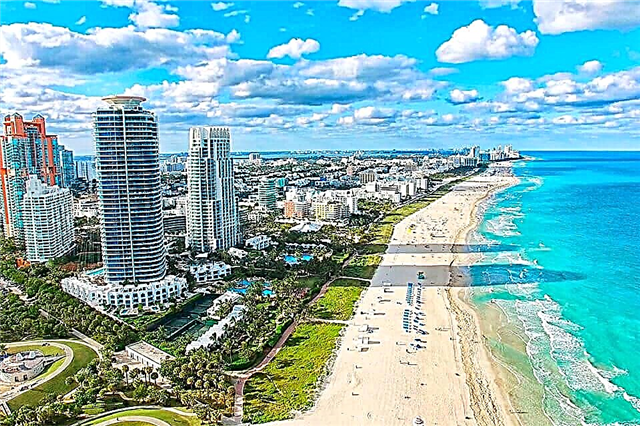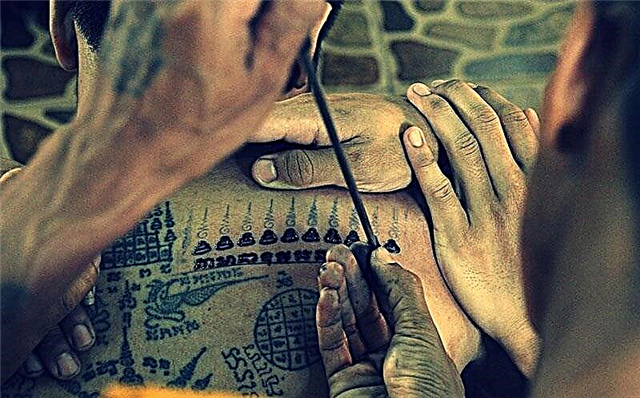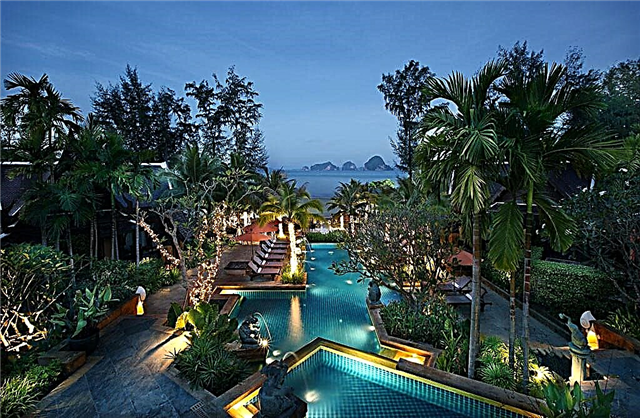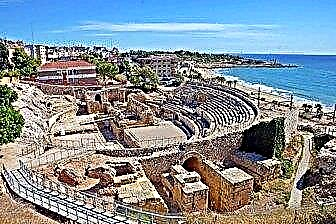Catalan Tarragona has a long and interesting history. Even before the arrival of the Romans, an Iberian settlement existed on the site of the future colony. The city flourished in the era of the Roman Empire: in the II-III centuries, an amphitheater, a circus and a ring of fortress walls were built, which have survived to this day and still remind of the greatness and invincibility of that era.
And yet, tourists do not come here for excursions, despite the fact that there is really something to see in the city. The main goal is the magnificent beaches of the Costa Dorada, relaxation and the gentle sun of Catalonia. Many people leave sightseeing for later, when the body is already fully enjoying the gentle waters of the Mediterranean Sea, and the brain wants new experiences.

The best hotels and hotels at affordable prices.
from 500 rubles / day
What to see and where to go in Tarragona?
The most interesting and beautiful places for walking. Photos and a short description.
Roman amphitheater
Antique amphitheater of the 2nd century, built right on the coast. The arena could accommodate up to 13 thousand spectators. Gladiator fights and the persecution of the first Christians by wild animals took place here. In the IV century, after the recognition of the Christian religion, a temple was built in the arena in memory of the martyrs, of which only ruins have survived today. The amphitheater was discovered in the middle of the 20th century during archaeological excavations.

Tarragona Cathedral
A Catholic church built in the early Gothic style in the XII-XIII centuries. It is located in the historic center of the city, which is surrounded by a fortress wall that has survived from the times of the Roman Empire. Earlier on the site of the cathedral there was an ancient temple of Jupiter, an early Christian basilica of the Visigoths and a mosque. The interior is decorated with a 15th century altar, benches and stucco ceilings from the 14th century.

Rambla Nova
A boulevard with a wide pedestrian part that stretches from the bus station to the Mediterranean coast. Along the alley there are picturesque Art Nouveau buildings and unusual monuments. Restaurants are firmly established here, where you can taste the cuisine of different regions of Spain. Life is always in full swing on Rambla Nova: tourists stroll, street musicians perform, and “live” sculptures demonstrate their skill.

Roman circus
The circus was built in the 1st century even earlier than the amphitheater. Like all similar structures in ancient Rome, it was intended for chariot racing. Performances were held here until the 5th century, since the Christian religion, which had become official by that time, had nothing against such entertainment. Only a part of the structure has survived to this day: stone stairs, stands and fragments of the facade.

Roman walls
Remains of the fortress wall of the city of Tarraco, which, according to many experts, are the best preserved examples of military architecture from the period of the Roman Empire. Defensive fortifications were built in the 2nd century BC for the purpose of protecting the city. In 2000, they were included in the UNESCO World Heritage List. Today, a popular tourist route runs along the walls.

Archaeological Museum
The collection of the museum is located on three floors and consists of items found during archaeological excavations in Tarragona. Here you can admire ancient sculptures, ceramics, Roman mosaics, weapons, coins and other artifacts. Visitors can also watch a film about the history of the city. The exhibition appeared in the middle of the 19th century; today it honorably bears the title of the oldest museum in Catalonia.

House Museum Kastellarnau
An old 15th century mansion that has belonged to Carlos de Castellarnau since the 18th century. After the purchase, the aristocrat rebuilt the building in the Baroque style, but the facade still retains the features of the Gothic and Renaissance. The rooms of the mansion are decorated with furniture of the 18th-19th centuries, fine Chinese porcelain, tiled frescoes and rich paintings. Residents of Tarragona believe that a ghost lives in the house - the spirit of Carlos de Castellarnau's insane daughter.

Modern Art Museum
The exposition of contemporary art began work in 1976; it was organized on the territory of three mansions of the 18th century. In the museum you can see the works of Catalan artists L. Saumels, R. Carrete, S. Martorell and other masters. In addition to paintings, tapestries, sculptures, furniture and jewelry are exhibited here. Part of the collection belongs to the period of the XII-XVIII centuries.

Monument "Castellieros"
The inhabitants of Catalonia have an interesting tradition - during folk festivals and festivities, they build "living" pyramids. Its origins date back to the 17th century: at that time, the muisharanga dance was very popular in Valencia, which ended with the construction of a "living" tower. The Castellieros monument is dedicated to this tradition. It depicts a group of people standing on each other's shoulders. At the top of the pyramid is the figure of a child waving.

Arena Tarraco Plaza
The bullring was erected in 1888 in the Art Nouveau style by the architect R. S. Ricoma. In 2006, it was closed for restoration, which lasted 4 years. But the renewed lists were not destined to open their doors again to the brave bullfighters, since in Catalonia they passed a law banning bullfighting. Today the arena is used for sporting events and concerts.

Early Christian necropolis
A cemetery of the 3rd-5th centuries, which was discovered during the construction of a tobacco factory at the beginning of the 20th century. The necropolis consists of 2 thousand graves. Judging by the tombstones, representatives of different classes were buried here. According to numerous testimonies obtained during excavations, there used to be a basilica dedicated to the Christian martyrs killed in the arena.

Quarry El Medol
The quarry is located about 4 km from Tarragona. Its development began during the Roman Empire in the 2nd century BC. The local stone was used for the construction of the Tarraco colony (modern Tarragona). The quarry has not been active for a long time, but it is very attractive for tourists. There is a 16-meter stone column-obelisk, from where, presumably, mining began.

Roman aqueduct "Devil's Bridge"
A stone structure that once served to deliver water to the city. There were two aqueducts in Tarragona, only one has survived to this day. The structure stretches over a deep canyon and reaches a height of 27 meters. The aqueduct got its name "Devil's Bridge" thanks to a legend, according to which the devil himself helped to build it in exchange for the soul of the one who was the first to cross the bridge.

Tarragona beaches
The coastline of Tarragona stretches for almost 15 km. The city is located in the center of the Costa Dorada - a popular tourist region of Catalonia and all of Spain. Almost all local beaches have a gentle entrance to the sea and are great for families with children, many of them have been awarded the prestigious Blue Flag mark. Most of the beaches are equipped with infrastructure, some are located in uninhabited places.

Mediterranean balcony
The observation deck, located at an altitude of 23 meters above sea level. From here there is a beautiful view of the embankment, the sea, the roofs of houses, as well as the Roman amphitheater. The site is protected by a cast-iron fence. According to legends, if you hold on to the iron bars, then luck will surely come. There is a cafe where you can have a bite to eat and benches where you can admire the mesmerizing landscapes for a long time.












